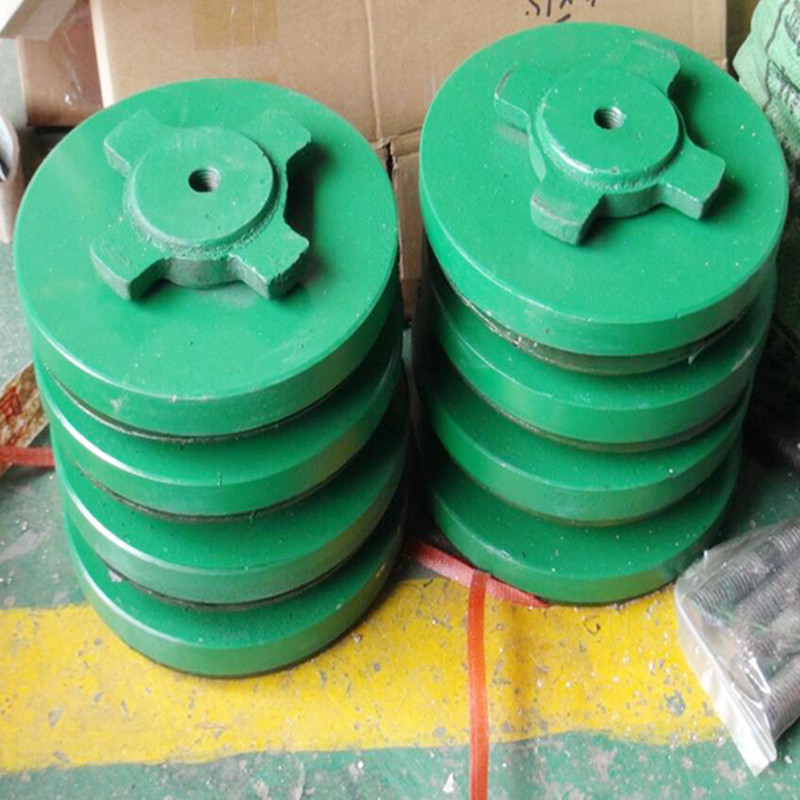វិច្ឆិកា . 06, 2024 09:25 Back to list
Achieving Micrometre Accuracy in Precision Measurement Techniques and Applications
Micrometre Precision The Cornerstone of Modern Engineering and Manufacturing
In the realm of engineering and manufacturing, precision is not merely a goal; it is a necessity. Among the various units of measurement utilized in these fields, the micrometre — a measurement equivalent to one-millionth of a meter — stands out as a key component in attaining accuracy and quality. Achieving micrometre precision is essential for various applications, from the production of intricate components in the aerospace industry to the meticulous calibration of medical instruments. This article delves into the significance of micrometre precision, its applications, and the technologies that enable it.
Understanding Micrometre Precision
Micrometre precision refers to the capability of manufacturing processes and tools to create components with tolerances measured in micrometres. The term tolerance describes the permissible limit or limits of variation in a physical dimension. In critical applications, even the smallest deviation can result in failure or malfunction. For example, in the production of semiconductor devices, where components may be only hundreds of nanometres thick, maintaining micrometre precision ensures that the electronic properties of devices function as intended.
Applications Across Industries
The concept of micrometre precision is pivotal in various industries, including aerospace, automotive, electronics, and medical technology. In aerospace, components such as turbine blades and structural elements must meet stringent weight and performance requirements. Manufacturing these parts to within micrometre tolerances ensures durability while minimizing weight, which is crucial for efficiency and safety.
In the automotive industry, the performance of various systems, such as engines and brake mechanisms, relies heavily on precision components. Tolerances in the micrometre range allow for better fuel efficiency, improved safety, and enhanced vehicle performance. Similarly, in the electronics realm, the miniaturization of components has led to the necessity of micrometre precision to ensure compatibility and functionality in increasingly compact devices.
Medical technology also depends greatly on precision engineering. Instruments like surgical tools, implants, and diagnostic equipment require not only precision but also reliability to ensure patient safety. For instance, the fit of a prosthetic limb must be tailored to the patient's anatomy, and achieving micrometre precision in these components is essential for comfort and function.
micrometre precision

Technologies Enabling Micrometre Precision
Achieving micrometre precision is made possible through advanced technologies such as Computer Numerical Control (CNC) machining, 3D printing, and precision metrology. CNC machining involves the use of computerized controls to drive machinery in the manufacturing process, allowing for high levels of precision and repeatability. This technology can create complex shapes and parts that meet specific micrometre tolerances.
3D printing, particularly in its more advanced forms, has also contributed to the ability to produce high-precision components. With techniques such as selective laser sintering (SLS) and stereolithography (SLA), manufacturers can create intricate parts that adhere to micrometre-level specifications, providing flexibility and reducing waste.
Precision metrology plays a critical role in both the manufacturing and quality control processes. Tools such as laser interferometers, coordinate measuring machines (CMM), and optical comparators are essential for measuring the dimensions of components with high accuracy. By employing these tools, manufacturers can monitor and maintain the required tolerances throughout the production cycle.
The Future of Micrometre Precision
As technology continues to evolve, the demand for micrometre precision will only increase. Innovations in materials science, such as the development of smart materials and nanotechnology, will further push the boundaries of what is possible in precision engineering. Additionally, with the integration of artificial intelligence and machine learning into manufacturing processes, the ability to predict, monitor, and adapt to precision requirements in real-time will be transformed.
In conclusion, micrometre precision is a fundamental aspect of modern engineering and manufacturing. Its applications span across various critical industries, and the technologies that enable such precision are continuously evolving. As we move forward into an increasingly complex and interconnected world, the importance of micrometre precision will remain pivotal in driving innovation and ensuring the highest standards of quality and safety in products and services.
-
Right Angle Ruler Innovations in Measuring ToolsNewsJul.18,2025
-
Parallel Ruler Maintenance for Long-Term AccuracyNewsJul.18,2025
-
Magnetic V Block 4 Inch Cost Effectiveness AnalysisNewsJul.18,2025
-
Internal Thread Gauge Innovations for Faster InspectionNewsJul.18,2025
-
Ground Anchor Applications in Construction and LandscapingNewsJul.18,2025
-
Butterfly Valve Types StandardsNewsJul.18,2025
Related PRODUCTS









